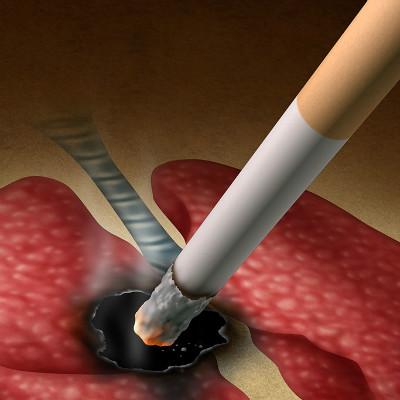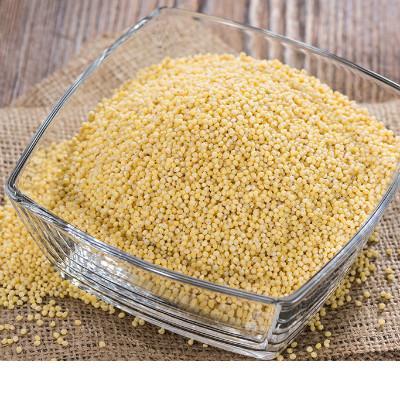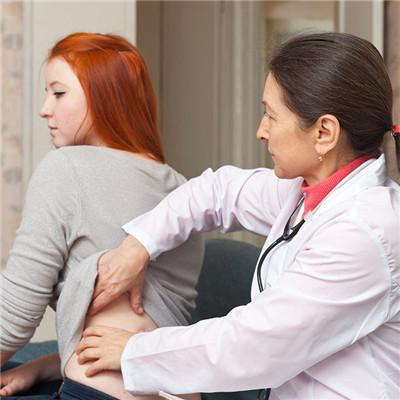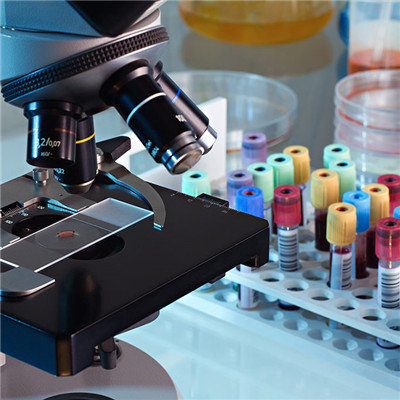Early and late symptoms of condyloma acuminatum
summary
Children have just been born in this world, if so young suffering from condyloma acuminatum, then the whole life will have regrets, especially for those parents who have found themselves suffering from condyloma acuminatum, it is a wrong decision to transmit condyloma acuminatum to the next generation through childbirth, for the early and late symptoms of condyloma acuminatum? Do you know anything about this? Today, let me share with you the early and late symptoms of condyloma acuminatum.
Early and late symptoms of condyloma acuminatum
First: condyloma acuminatum is a sexually transmitted disease caused by human papillomavirus (HPV) infection and mainly manifested by proliferative lesions of the anal and genital parts. Most of them are young and middle-aged people aged 18-50. After about half a month to 8 months, an average of 3 months after the onset of the incubation period. The disease is more common, mainly through sexual contact.
Second: typical condyloma acuminatum genital and perianal prone sites, men are more common in prepuce, frenum, coronal sulcus, glans, urethral orifice, penile body, perianal, rectal and scrotum, women are more common in labia, posterior syndesmosis, vestibule, clitoris, cervix and perianal. Occasionally can be seen in the pudendal and perianal parts, such as armpit, umbilical fossa, oral cavity, breast and toe, etc. Female vaginitis and male prepuce is too long to promote the occurrence of condyloma acuminatum.
Third: the lesions begin with small reddish papules, then gradually increase, single or cluster distribution, moist and soft, uneven surface, papillary, chicken crown or vegetable like protrusion. Red or dirty grey. The root often has a pedicle, and is prone to erosion and exudation, and easy to bleed when touched.
matters needing attention
Warm tips: Patients with condyloma acuminatum need to consume a lot of energy in the wound healing after operation. Family members should prepare light nutritious and delicious meals for patients, do not let patients eat spicy and greasy food, and can appropriately increase protein diet, such as chicken, duck, fish, meat, eggs, etc. at the same time, patients can eat more food with high vitamin C content.
















